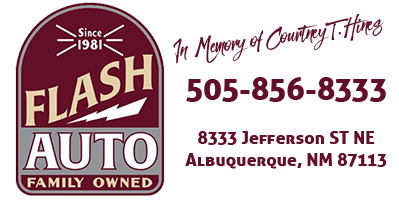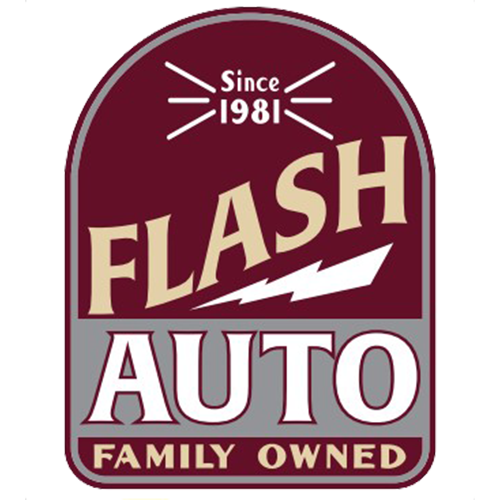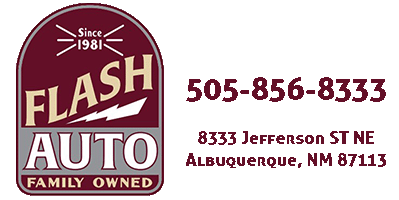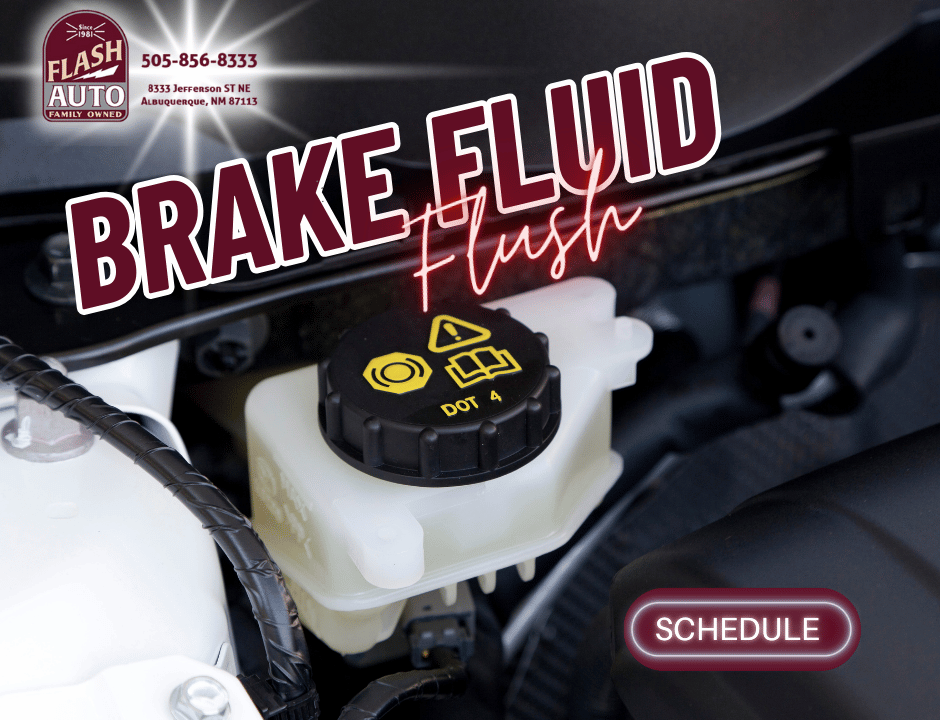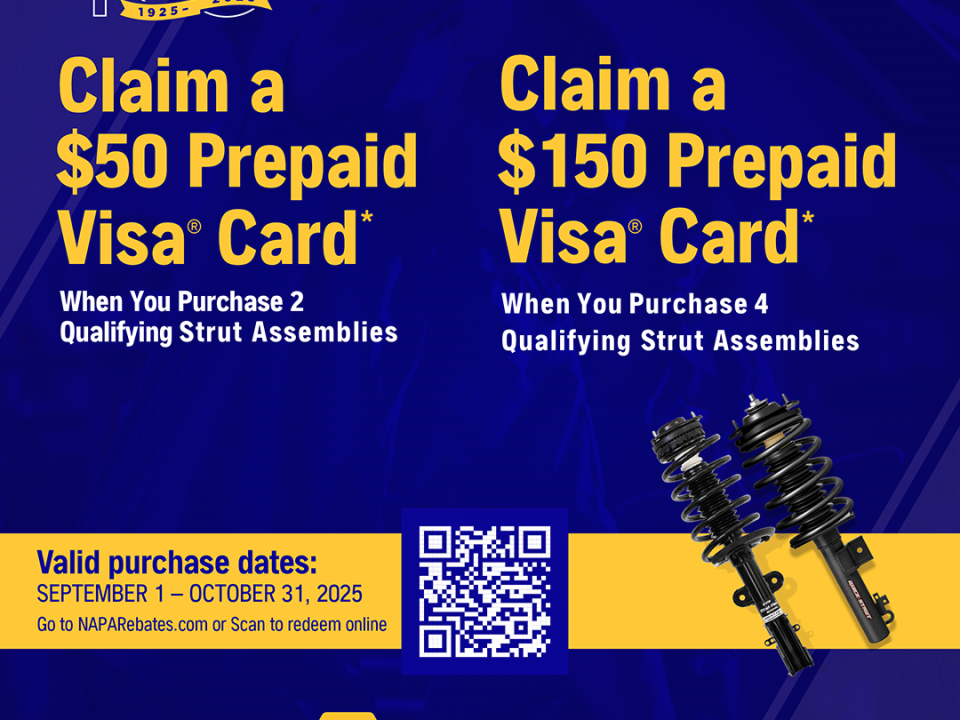
Don’t Drive in the Dark: Upgrade Your Headlights This Season
November 1, 2025
Why You Need New Windshield Wipers Before Winter Hits
November 3, 2025Fall is the perfect time to prepare your vehicle for changing weather and driving conditions. This article provides a complete checklist for fall car care — from tires to heaters to wipers — and explains why proactive maintenance now can help drivers avoid costly repairs and breakdowns later. Flash Auto is here to help you drive confidently into the colder months.
Why Fall Maintenance Matters for Vehicle Safety and Reliability
As leaves begin to turn and temperatures drop, your vehicle faces a new set of challenges. Fall marks the transition from summer heat to winter cold, bringing rain, early nightfall, and eventually frost. These seasonal shifts put stress on critical vehicle systems that may have worked perfectly all summer long.
The Ultimate Fall Maintenance Checklist
-
-
- Tires and Tire Pressure
- Brakes and Brake Fluid
- Wipers and Washer Fluid
- Battery Check
- Heating and Defrost Systems
- Headlights and Taillights
- Oil and Fluids
-
Proactive fall maintenance isn’t just about preventing breakdowns — though that’s certainly important. It’s about ensuring your safety and the safety of your passengers during some of the year’s most challenging driving conditions. Wet leaves create slippery roads. Earlier sunsets mean more driving in the dark. Temperature fluctuations affect everything from tire pressure to battery performance.
The good news? A systematic approach to fall car care can save you money and stress. Catching small issues now — a worn wiper blade, low tire pressure, a weak battery — prevents them from becoming major problems when you’re least prepared to deal with them. Think of it as an investment in peace of mind.
The Ultimate Fall Maintenance Checklist
Use this comprehensive checklist to prepare your vehicle for the season ahead. Each item addresses a specific aspect of vehicle performance that becomes critical as weather conditions change.
Tires and Tire Pressure
Your tires are your vehicle’s only contact with the road, making them the first line of defense against wet, slippery conditions. As temperatures drop, tire pressure decreases — typically one PSI for every 10-degree drop in temperature. This means the tires you filled in July may now be significantly underinflated.
Check your tire pressure weekly during fall’s temperature swings, and adjust to the manufacturer’s recommended PSI (found on a sticker inside the driver’s door). While you’re at it, inspect tread depth using the penny test: insert a penny into the tread with Lincoln’s head upside down. If you can see all of Lincoln’s head, your tires need replacing.
Consider rotating your tires if you haven’t done so in the last 6,000 miles. If you live in an area with harsh winters, fall is also the time to evaluate whether all-weather or winter tires would provide better traction.
Brakes and Brake Fluid
Wet leaves and slick roads demand reliable braking power. If you’ve noticed any squeaking, grinding, or reduced stopping power, don’t wait. Fall is the ideal time to have your brake pads and rotors inspected before winter conditions make brake issues dangerous.
Brake fluid should be clear or slightly amber. If it’s dark or contaminated, schedule a brake fluid flush. Most manufacturers recommend replacing brake fluid every two to three years, as it absorbs moisture over time and becomes less effective.
Wipers and Washer Fluid
Few things are more hazardous than driving through rain or sleet with worn wiper blades that leave streaks across your windshield. If your wipers are more than six months old, chatter across the glass, or leave streaks, replace them now — before the first heavy rain.
Refill your washer fluid reservoir with a cold-weather formula that won’t freeze when temperatures drop. Standard summer washer fluid can freeze in your lines and reservoir, leaving you without the ability to clear your windshield when you need it most.
Battery Check
Cold weather is notoriously hard on batteries. A battery that cranks fine in warm weather may struggle when temperatures plummet. As a general rule, battery power drops about 33% at 32°F and up to 50% at 0°F.
Have your battery tested for charge capacity and look for signs of corrosion on the terminals. If your battery is more than three years old and showing signs of weakness — slow cranking, dimming lights — consider replacing it proactively. Most batteries last three to five years, and it’s far better to replace a battery on your schedule than to be stranded with a dead one in a parking lot.
Heating and Defrost Systems
You won’t know if your heater works until you need it, and discovering a problem on the first cold morning is frustrating. Test your heating system now: turn it on full blast and verify that warm air flows freely from all vents. Listen for unusual noises that might indicate a blower motor issue.
Your defrost system is equally critical. Foggy or icy windows are more than an inconvenience — they’re a safety hazard. Test the defrost on both front and rear windows. If airflow seems weak, you may need a new cabin air filter, which should be replaced every 12,000 to 15,000 miles.
Headlights and Taillights
With sunset arriving earlier each day, you’ll be using your headlights more often. Walk around your vehicle and check that all lights are functioning: headlights (both low and high beam), taillights, brake lights, and turn signals.
Clean oxidized or cloudy headlight lenses — cloudy lenses can reduce visibility by up to 50%. If any bulbs are burned out, replace them. Consider upgrading to high-efficiency LED or HID bulbs for improved visibility during long autumn nights.
Oil and Fluids
Engine oil lubricates and protects your engine, but not all oil performs equally in different temperatures. If you’re approaching an oil change interval, consider switching to a winter-grade oil if you live in a region with harsh winters. Check your owner’s manual for the manufacturer’s recommended viscosity for cold weather.
Also check and top off other essential fluids:
- Antifreeze/coolant: Ensures your engine doesn’t overheat or freeze. Test the freeze protection level.
- Power steering fluid: Cold weather can thicken this fluid.
- Transmission fluid: Should be at the proper level and not burned or discolored.
Fall Maintenance Quick Reference
| Maintenance Item | What to Check | Why It Matters |
|---|---|---|
| Tires | Pressure, tread, rotation | Safety & fuel efficiency |
| Brakes | Pads, fluid, response time | Avoid accidents |
| Wipers & Washer Fluid | Blade condition, fluid level | Visibility during rain/frost |
| Battery | Charge level, corrosion | Prevent no-start situations |
| Heater & Defrost | Cabin heat, windshield defogging | Comfort & safety |
| Headlights | Brightness, alignment | Nighttime visibility |
| Engine Oil & Fluids | Cold-weather grade, levels | Engine performance & protection |
Bonus Tip: Build a Winter Roadside Emergency Kit
Even with perfect maintenance, unexpected situations arise. Prepare for them by assembling a winter emergency kit for your vehicle. Keep these essentials in your trunk:
- Warm blanket or sleeping bag — Critical if you’re stranded in cold weather
- Flashlight with extra batteries — For visibility during roadside emergencies
- Jumper cables or portable jump starter — Dead batteries happen
- First aid kit — For minor injuries
- Non-perishable snacks and water — Energy and hydration during delays
- Phone charger (12V adapter) — Keep your phone powered
- Ice scraper and snow brush — Essential for winter weather
- Reflective warning triangles or flares — Alert other drivers to your presence
- Basic tool kit — For minor repairs
Schedule a Fall Inspection with Flash Auto Today
Fall maintenance doesn’t have to be overwhelming. The experienced technicians at Flash Auto can perform a comprehensive seasonal inspection, checking every system on this list and more. We’ll identify potential issues before they become problems, giving you confidence and peace of mind as temperatures drop.
Don’t wait for the first frost or the first breakdown. Schedule your fall vehicle inspection today and drive into the season prepared.
Flash Auto
8333 Jefferson St NE
Albuquerque, NM 87113
Phone: 505-856-8333
Get Directions
Final Thoughts: Fall Into Safe Driving Habits
Vehicle maintenance is more than a checklist — it’s a mindset. By staying ahead of seasonal changes and addressing small issues proactively, you protect your investment, ensure your safety, and avoid the stress and expense of roadside emergencies.
This fall, commit to giving your vehicle the care it deserves. Whether you tackle some maintenance items yourself or bring your car to the professionals at Flash Auto, the time you invest now will pay dividends throughout the colder months ahead.
Drive safe. Drive prepared. And when you need expert service, Flash Auto is here to help.
